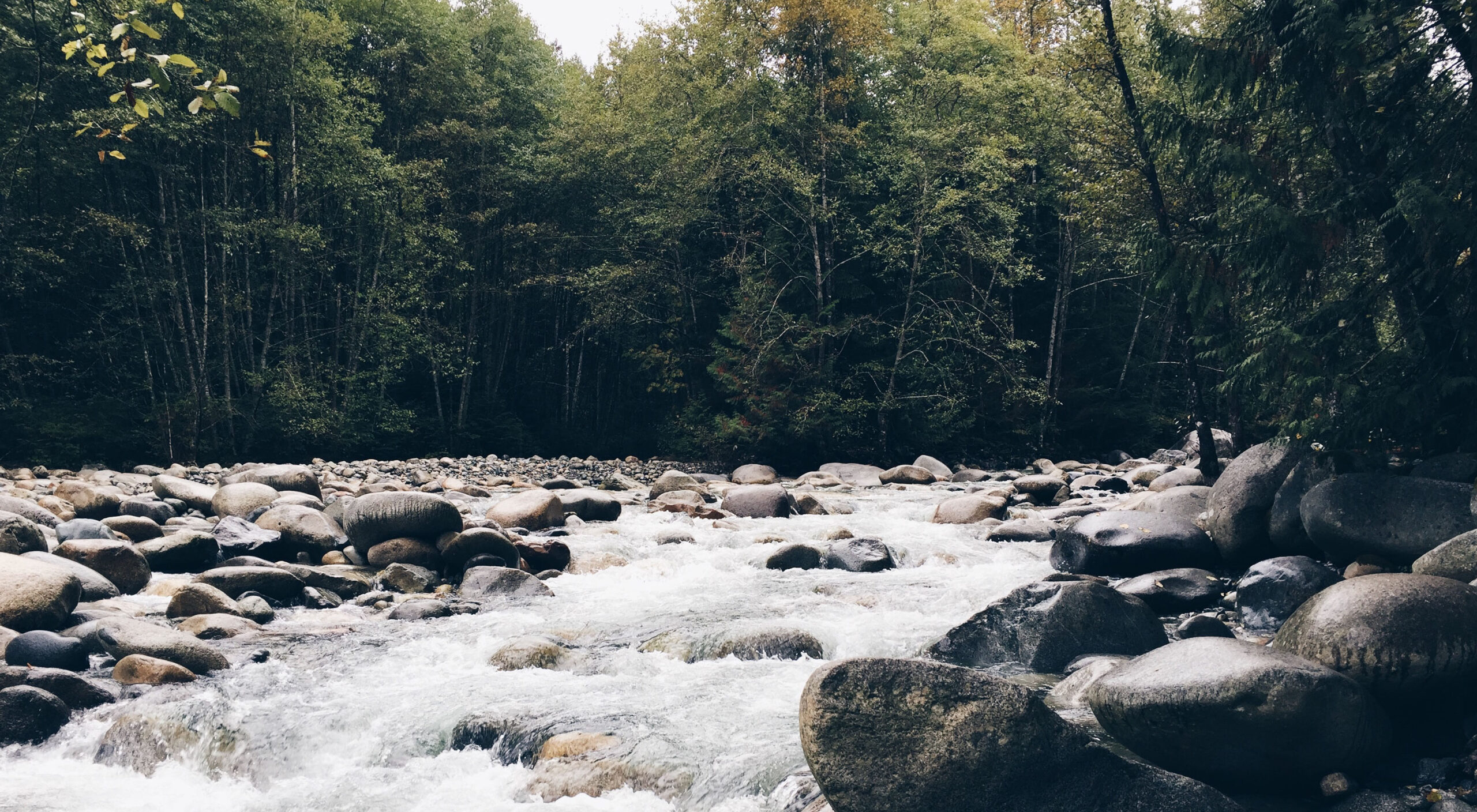In a Landmark Request, NJDEP Asks USEPA To Designate the Lower Hackensack River as a Superfund Site

In a recent decision with major liability implications for industrial companies with current or former operations in New Jersey, the New Jersey Department of Environmental Protection (NJDEP) asked the U.S. Environmental Protection Agency (USEPA) to designate the Lower Hackensack River as a Superfund site. NJDEP’s request is historic — this would be the first time that a New Jersey river itself would be proposed for Superfund listing under the Comprehensive Environmental Response, Compensation, and Liability Act (CERCLA). Moreover, NJDEP’s request places potentially responsible parties (PRPs) on notice that NJDEP will aggressively pursue the remediation of the New Jersey waterway, which could ultimately drag in hundreds — or thousands — of companies with legacy industrial or commercial operations in the area.
The Lower Hackensack River is a 23-mile stretch of tidally influenced waterway that spans from Oradell Dam in Bergen County, N.J. to Newark Bay in Hudson County, N.J. In 2015, USEPA performed a preliminary environmental assessment, which found that the river and its tributaries were contaminated with metals, PCBs, and other pollutants. Since 2015, NJDEP has completed its own assessments and concluded that a Superfund designation is the best way to address the challenges associated with its remediation.
If the Lower Hackensack River is designated as a Superfund site, NJDEP will work with USEPA to develop a plan for the waterway’s cleanup under CERCLA. NJDEP and USEPA may use federal funds for remediation and then pursue cost recovery actions against PRPs. For the multitude of companies who could qualify as PRPs for the proposed Lower Hackensack River site, the potential for cost recovery actions could have huge liability implications — if other river-based cleanups are any indication of expected costs (such as the Passaic River cleanup, which is projected to cost approximately $1.4 billion), any cleanup of the Lower Hackensack River will be expensive and time consuming.
Given both the sheer breadth of the proposed designation and the likely costs of any remedial work, companies with current or historic operations in areas surrounding the Lower Hackensack River should closely monitor any further developments in NJDEP’s landmark Superfund request and begin the process of assessing potential liability exposure.
Helpful resources:
• To read NJDEP’s official request for Superfund designation, click here.
• To read about NJDEP’s plans for the Lower Hackensack River, click here.
For more information, please contact a member of Taft’s Environmental practice group.
In This Article
You May Also Like
Navigating California’s Groundbreaking Climate Laws: What Out-of-State Businesses Need to Know EPA Moves to Vacate All Drinking Water Standards for PFAS Other Than PFOA and PFOS